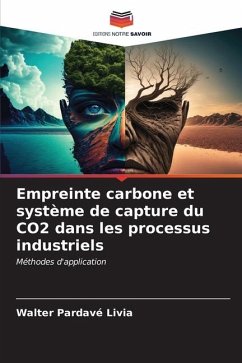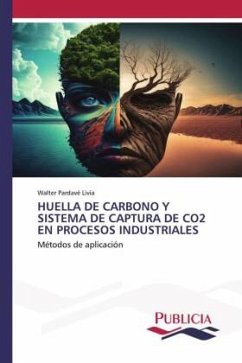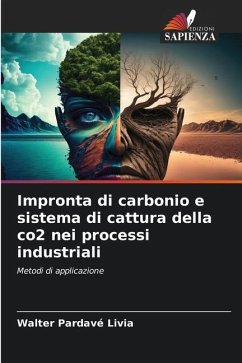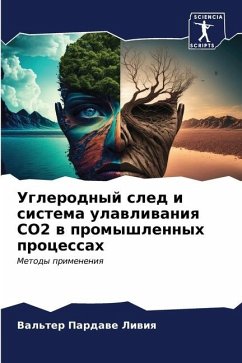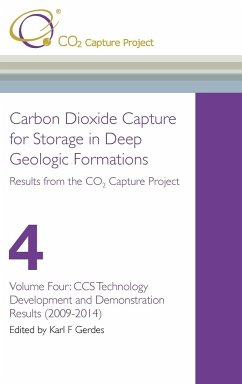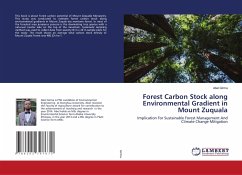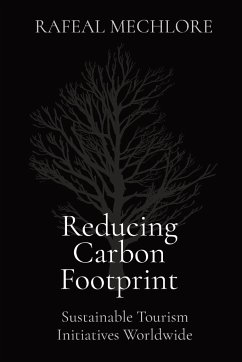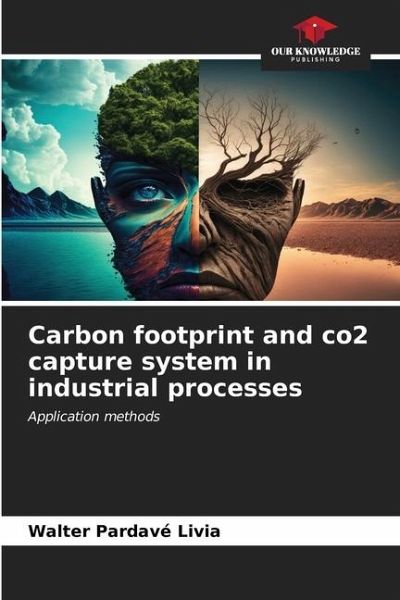
Carbon footprint and co2 capture system in industrial processes
Application methods
Versandkostenfrei!
Versandfertig in 6-10 Tagen
40,99 €
inkl. MwSt.

PAYBACK Punkte
20 °P sammeln!
There are several technological options to reduce GHG emissions: reduction of energy consumption, efficient use of energy (both in energy use and conversion), use of fuels with lower carbon content (such as natural gas versus coal), promotion of natural CO2 sinks (such as forests, soils or oceans), use of energy sources with low CO2 emission levels (such as renewable or nuclear energy) and CO2 Capture and Geological Storage (CCS). According to the United Nations Intergovernmental Panel on Climate Change (IPCC) report, CO2 Capture and Storage would contribute between 15 and 55% to the global cu...
There are several technological options to reduce GHG emissions: reduction of energy consumption, efficient use of energy (both in energy use and conversion), use of fuels with lower carbon content (such as natural gas versus coal), promotion of natural CO2 sinks (such as forests, soils or oceans), use of energy sources with low CO2 emission levels (such as renewable or nuclear energy) and CO2 Capture and Geological Storage (CCS). According to the United Nations Intergovernmental Panel on Climate Change (IPCC) report, CO2 Capture and Storage would contribute between 15 and 55% to the global cumulative mitigation effort until 2100, thus presenting itself as a transition technology that will contribute to mitigating climate change.





